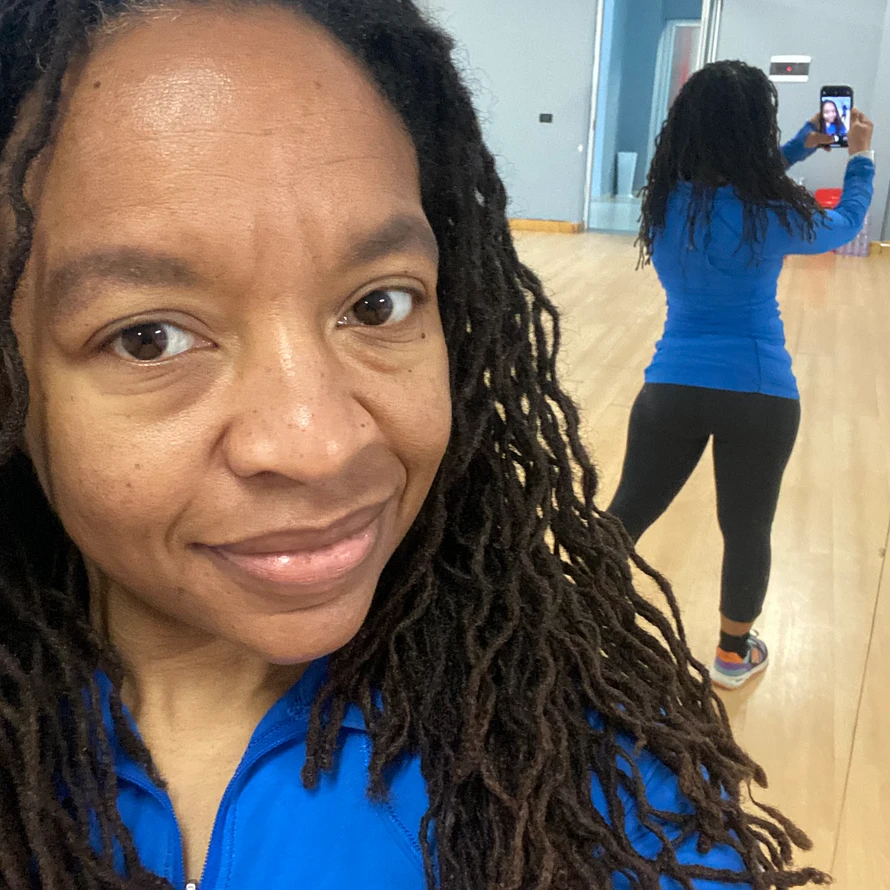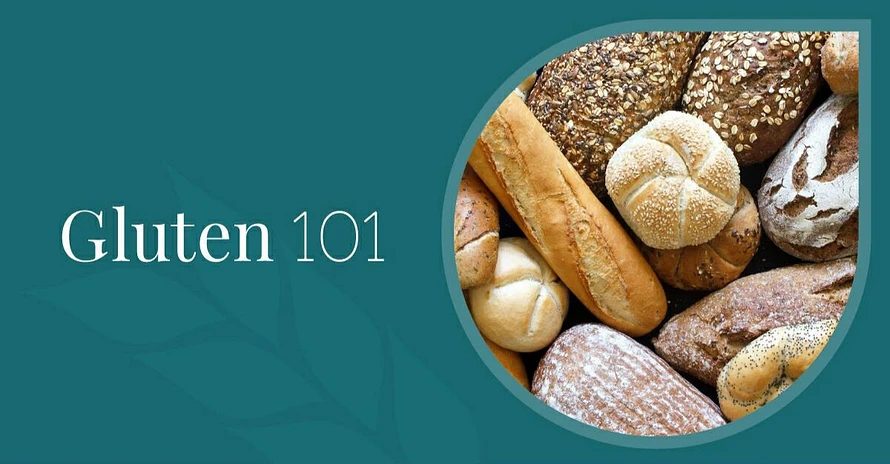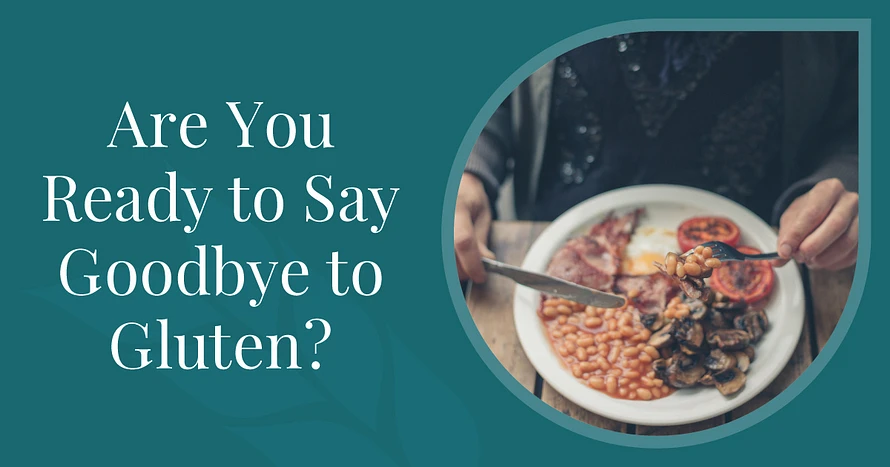Welcome To My World!
I’ve always valued health, but I wasn’t healthy until I hit my 40s!
I know most people wouldn’t be able to recognize that from the outside looking in, but as a child, I was rather lethargic and got sick often. My mom often joked about how lazy I was, saying I didn’t even play with my toys as a baby.
Once I hit puberty, I had the most horrendous painful periods. Sadly, my mom never had cramps, so she wasn’t equipped to help alleviate my pain. All I wanted to do was lay in bed and sleep. Being awake was too painful.
By the time I was in my 20s, I was tired of being tired, so I asked my doctor about it. He brushed it off, saying “You’re a busy single mom, of course, you’re tired! You’ll be fine.” He was the professional, and I took his word for it. At that point, I was raising two little girls, in school full time, and had a job. I was EXHAUSTED!!!
I must also add I’ve been a card-carrying member of the “night owl”, “I’ll sleep when I’m dead club” for as long as I can remember ? Sleep was something I did when I had to or to escape pain.
As time went on, my health continued to decline. I started getting strange rashes on my hands. My face would itch and burn. My eyes would swell shut. I couldn’t lose the baby weight anymore. My periods got even worse. I felt like I was bleeding to death each time. I would eat something as simple and “healthy” as an apple or a salad, and I would wind up looking nine months pregnant.
It was a very frustrating period, and I started experimenting. I did the Atkins diet, and all kinds of workouts. I went Paleo, Vegan, and I ditched dairy and gluten. I felt amazing for a brief period when I went vegan, but that was short-lived. I eventually felt even more drained. I started looking for answers, attending all kinds of health summits, and even asking other women around me. I eventually decided I had hypothyroidism. I went to my doctor and got tested. I wish I knew what my numbers were back then, but again, I was told I was fine. I definitely didn’t feel fine. At this point, I had run out of ideas.
I’d been given a bunch of useless diagnoses like eczema, seborrheic dermatitis, and angioedema to describe what was happening to my skin, but none of those led to solutions. They also didn’t address how I felt.
I eventually had a friend suggest I look into endometriosis and get an ablation. That was useful but probably unnecessary in retrospect. At this point, I ran out of ideas and gave up. I was still exhausted, became absent-minded, and forgetful, and started slipping into a very scary and foreign suicidal depressed state. I had random suicidal urges. I would just start crying randomly for no reason. I stayed in bed for days drifting in and out of consciousness, unable to function.
Finally, one day, my husband dragged me off to a random doctor in our small town. I must have looked terrible, and I didn’t have any hope left for solutions. Everyone looked concerned as I dragged myself into the doctor’s office. That the nurse even asked if I was ok before she began to check me in. My response, of course, was no, no I’m not ok. I wanted to scream it with so much anguish from all the years of failed doctor visits. This, however, would be the turning point.
Dr. Susan Taylor saved my life! She was an oncologist who tested everything she could think of, and it turned out that I was severely iron deficient. She said that if I were pregnant, she would have me hospitalized and placed on an iron IV. Throughout the years, I had previously supplemented with iron off and on, especially while pregnant, because I was diagnosed as anemic with each pregnancy, but no one ever followed up on it after mentioning it initially. This makes me wonder if low iron levels can be a precursor to postpartum depression.
She immediately provided me with iron intravenously, and it was life-changing! Each week I would go to the hospital and get more iron. I felt amazing after each infusion. However, as the week went on, I would become depleted again. After a few weeks of this and catching up on things I hadn’t been able to do previously, I realized this was just a bandaid and I needed to do further research. There were obviously solutions out there, and it was up to me to find them.
I went back to watching summits and reading whatever I could find about health and wellness. Then, I got lucky enough to share my symptoms with Bridgit Danner during one of her online presentations. She told me to look into adrenal fatigue. This was a new term for me, and I went straight to Youtube, where I found Dr. James L. Wilson in a video titled “Do you have adrenal fatigue? Find out here.” In this video, he described a very detailed energy pattern that made it sound like he had been spying on me personally! I was dumbfounded and went down the rabbit hole into a world I didn’t even know existed previously.
During this time period, I learned that I had been under a constant low-grade level of stress my entire life. As a child abuse and domestic violence survivor, my set point on a daily basis was defense mode. If you had asked me if I felt stressed, I would have said no. I was fine since I was not dealing with those very stressful situations; I thought I was doing good. Life was great for the most part! However, I had never fully released those circumstances, and my nervous system was always on guard.
Are you holding your breath right now?
I held my breath all the time. I didn’t even realize it or know what deep breathing felt like. I was overworking my body in all aspects. Staying up late to complete things when I had the energy. Forcing myself to the gym 2x a day, trying to beat it into submission and make up for the lost time when I was too tired or sick to go. As I dove deep into functional medicine and learned more about how the body actually works, I decided I had to make a complete 360 to reverse all of the damage.
I kept digging and solved my skin problems by finding out what I was allergic to through testing and trial and error. I changed my daily routine entirely. I was also fortunate enough to have access to a functional medicine doctor through the referral of a friend. I was so happy to have a doctor who could finally test me and validate all of my concerns. If I wasn’t before, I was definitely hypothyroid when they tested me. He was ready to medicate me; however, I let him know I had been studying and informed him of my plan for reversal, which he agreed should work.
Within weeks, I felt better than I had at any point in my life! The weight started melting off, and I decided I had to learn more about health and find a way to share the information with more people. After looking at tons of options, I picked a school for certification as a health coach. For my 40th birthday, I celebrated by going to their live event and meeting some of my fellow health coaches. It was amazing to be there with so many others that had found healing through simple lifestyle changes. Later, I learned about SIBO and realized why I looked nine months pregnant when I ate certain things. I went deep into studying the gut, microbiome, and genetics.
Here we are, almost six years later, and I keep learning more and more. Recently, I looked back at the lowest point in my journey and remembered that as soon as I got the iron IVs, my depressive/suicidal symptoms vanished. They were gone, gone never to be heard from again. So much so that I had forgotten they ever existed. I wrote about this experience in Embracing Imperfections Vol 3, which quickly became an international bestseller and reminded me of my previous desire to help as many people as I could.
As the world mourned another celebrity suicide, I was reminded once again, and the conviction became so strong that I decided it was time to get back to work and share my story in hopes that it could save even one life. Over the last few days, and even as I was writing this, I came across even more information on depression and suicide being linked to things we don’t often talk about, like gluten causing inflammation in the brain or even untreated hypothyroidism. I feel so blessed to have found the people and resources that I did before it was too late. My experiences in life have culminated into a beautiful place that allows me to be a resource for many.
If you’re struggling with depression, chronic fatigue, hormonal imbalances, or any other health issues, know that you’re not alone. There are solutions out there, and it’s worth the effort to find what works for you. Start by listening to your body, and don’t be afraid to seek help from professionals who can support you on your journey.
Welcome to my world – a world where health is a journey, not a destination.



